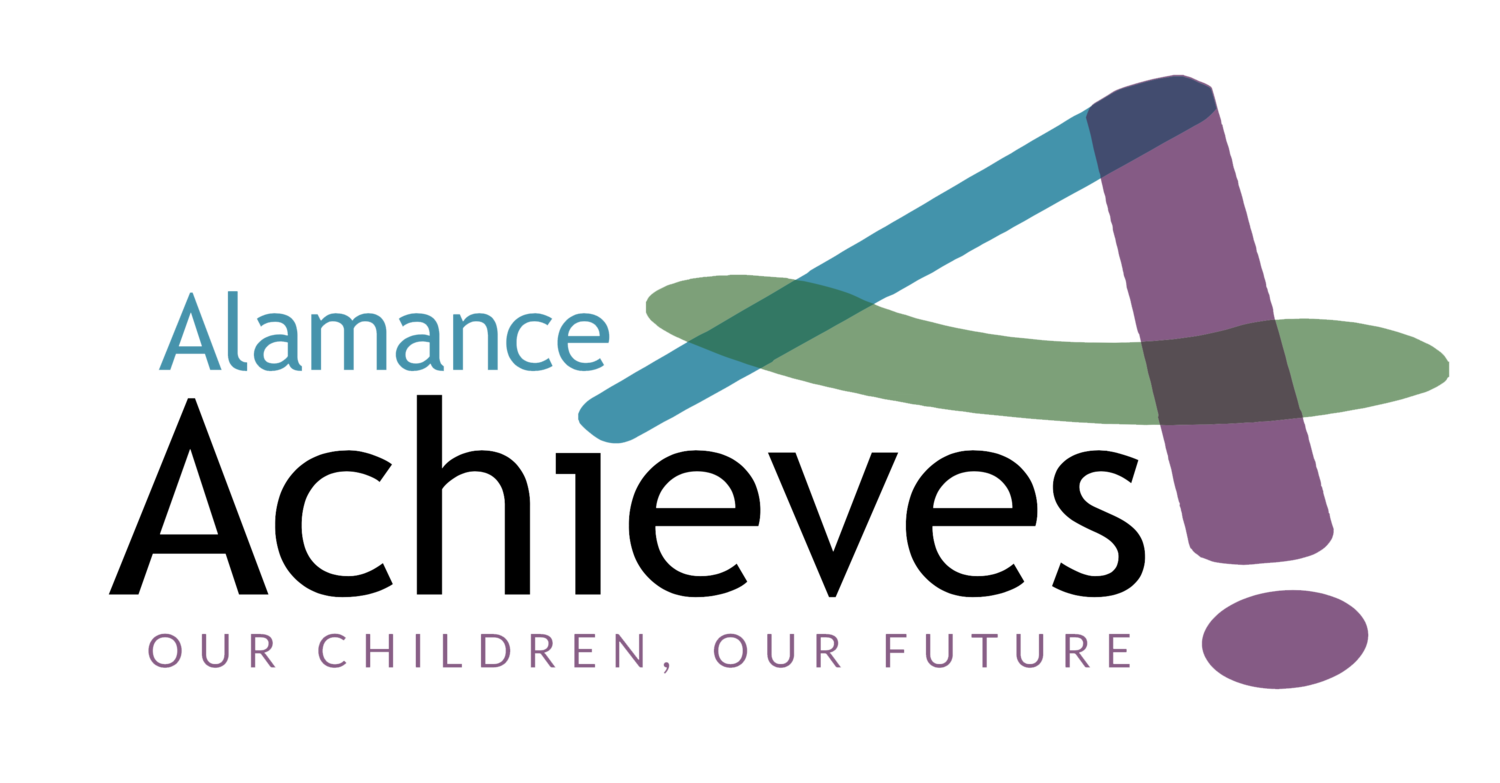Since 2015, Elon University has been working with five Alamance County agencies to foster an impactful partnership between the university and the community. Not only has this association helped to make Elon students more aware of their surrounding community, but it has also given them a way to engage in a meaningful year of service.
The agencies in Alamance County that are connected with the project include: Alamance Achieves, the Alamance County Health Department, Healthy Alamance, the Healthy Communities department at Alamance Regional Medical Center and Impact Alamance.
Each year, six recent Elon University graduates begin a 12-month long position with one of these agencies to help address the health and education disparities in Alamance County. Sylvia Ellington is one of two 2020-2021 fellows working with Alamance Achieves as the Kenan Community Impact Fellow.
She describes her role as to create relationships in the community by looking at who Alamance Achieves is currently working with and who they aren’t to build meaningful partnerships with the community and other agencies. “It’s important to have relationships with people from different sectors — business, education, health care — and work to build on those relationships.”
A major component of Ellington’s work involves social media and getting the word out about Alamance Achieves’ efforts. Plans are in the works to launch a podcast that will share more about Alamance Achieves’ Voices in the Community project “We’re helping to write and create a story about what systems change is and what Alamance Achieves is doing to create systems change,” she explains, adding that the podcast will be one way to inform the community about how they can participate.
The Fellows program is open to any graduated Elon University senior, regardless of their program of study. “The work of each of the agencies spans so many sectors, it’s valuable to have a variety of fellows at the table, and it’s an opportunity for them to make the experience their own depending on what they are interested in,” Ellington says.
While the pandemic has led to a slight shift in efforts, Ellington shares that if anything it has crystallized the need for greater equity and accessibility in Alamance County. “Even before I came on last June, Alamance Achieves was shifting their efforts to meet more immediate needs like delivering meals and strengthening the Kindergarten Readiness Network, as well as offering ways to help parents cope with stress and issues surrounding remote learning.” Another example of this is a joint effort with Healthy Alamance to provide more accessibility to COVID-19 testing across Alamance County.
For the remainder of Ellington’s fellowship, she says the plan is to continue to focus on racial equity and the disparities in outcomes for black and brown children. Additionally, she will be assisting in strategizing next steps based on Alamance Achieves’ findings from their Community Voices project.
Although Ellington lived in Alamance County prior to attending Elon University, she has found her fellowship to be an eye-opening experience. “I’ve learned every day that things aren’t always what they seem. I’ve had the opportunity to meet and work with cool people who are doing awesome work. The underlying theme for the program and people who choose to be a part of it is that we share this dream for a better Alamance County where people are thriving, and I’m excited to join a community of people who are ready to make that possible,” she says.













